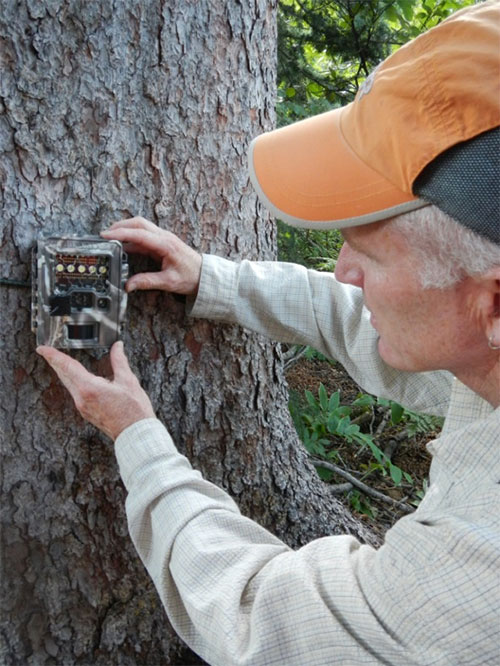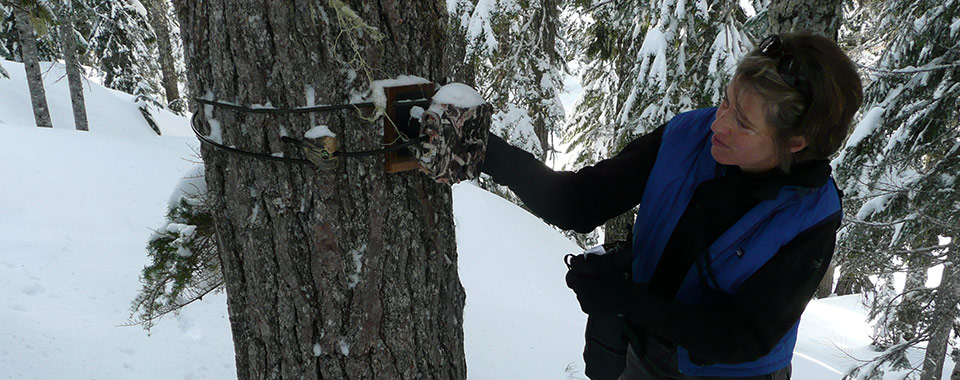What We Do

Wildlife Camera Network Northwest (WCN-NW) was initiated in 2015 to help facilitate the more effective and efficient use of camera traps in the Pacific Northwest. More specifically, we:
1. Coordinate communication and information-sharing among researchers and educators who use camera traps for scientific research, conservation or education;
2. Cultivate collaborations among camera trap projects and explore objectives unlikely to be addressed independently due to insufficient sample size or extent of study area;
3. Streamline and encourage region-wide sharing of camera trap data to help answer important conservation questions;
4. Promote image handling and storage protocols that help to ensure camera-derived data are accurately coded, safely archived, and made publicly accessible into the future.

THE TOOLS WE USE
Wildlife Camera Traps
Camera traps, also known as remote cameras, are invaluable tools for wildlife research.
Given recent advances in digital camera technology, wildlife biologists can now employ camera traps to evaluate animal presence, reproductive timing and success, den site and other behavior, temporal activity, and individual identification for species possessing individual-specific markings (e.g., striped or spotted felids, wolverines).
Camera trap users can purchase sophisticated and reliable remote cameras for $300–$600. These cameras collect thousands of color or infrared photos when powered with AA batteries. Many models also record short video clips, and all digital cameras write to files that are easily shared and distributed electronically.
Because camera traps are relatively affordable and simple to deploy, they are enjoying widespread use by both professional biologists and volunteers worldwide. Remote cameras help students and citizen scientists engage with nature while they simultaneously collect valuable data.